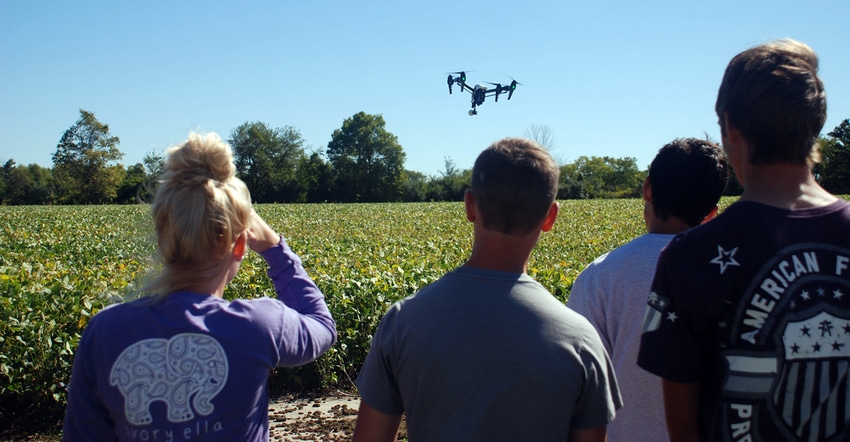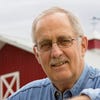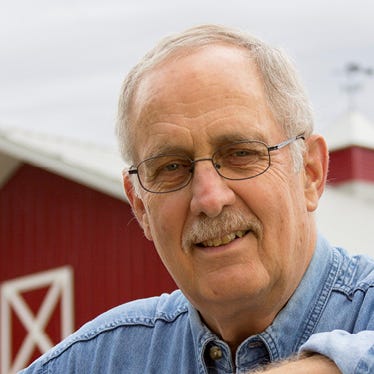February 24, 2017

When Huntington University, Huntington, began its agricultural studies program two years ago, officials there recognized that land-grant universities have much to offer in terms of reputation, research prowess and breadth of opportunities. However, they also recognized that for some students, attending a campus with a population somewhere north of 30,000 could be a daunting experience.
Huntington officials leapt out in an act of faith to start the program. They believed a small, faith-based, liberal arts school could offer something state universities couldn’t. Huntington’s student population numbers around 1,000.
“Whether in ag education or in our agribusiness program, getting an agriculture degree in the context of a small, Christian school gives our students the chance to connect with their own faith and ethics, and the foundation for those,” says Raymond Porter, director of the Haupert Institute for Agricultural Studies.
“For example, the stewardship aspect of taking care of the land — that it really doesn’t belong to us or even future generations, but the One who created it — is really important to us,” Porter explains. “I think perspectives and a worldview like that are what distinguish us.
“Potential employers have told us that they’d be interested in hiring students coming out of our program because of the foundation in ethics they receive here.”
Off and running
Currently the Haupert Institute’s agribusiness program offers multiple tracks of specialization, including agrimanagement, agrimarketing, agrieconomics and finance, agrientrepreneurial small business management, crop production, animal production, ministry and missions, and communications and public policy.
Porter says the Haupert Institute has gotten off to a great start. Huntington officials have been both impressed and humbled by how companies and leaders in the ag sector have embraced it.
“We’ve got lots of calls from people asking, ‘What can we do to help?’ or ‘Our company is interested in having an intern,’ or ‘We’d like to contribute to a scholarship,’” he says. “We’re also pleased that the folks at Purdue University have also been very helpful to us. They don’t see us as competitors, but understand that we have a niche, and that there are students who may not be comfortable at Purdue and who would want to come here.”
Boone writes from Wabash.
6 things to know about Huntington ag program
This isn’t Huntington University’s first venture into teaching agriculture classes. Here are six things you may not know about the small university in Huntington County. Del Roth, director of marketing and university relations, supplied the information.
1. Then Huntington College taught a robust agriculture curriculum in the early 20th century. Professor Fred Loew played a major role in promoting ag classes at the college. Huntington’s archives indicate Loew was the first agricultural agent in Huntington County.
2. Professor Loew played a key role in promoting agriculture in northeast Indiana. Documents at Huntington University indicate Loew directed a regional Purdue Experiment Station, and credit him with introducing soybeans into northeast Indiana.
3. Thornhill Nature Preserve is part of Huntington University. The private 77-acre reserve includes a diversity of habitat, Roth says. Its ecosystem supports a wide variety of wildflowers, trees, mammals and birds.
4. An arboretum provides learning experiences for students. The Fred A. Loew Arboretum includes 35 acres of forest, two streams and several small, old fields. Student projects there include eradicating invasive bush honeysuckle and European privet.
5. Students can study 12,000 plant samples dating back to the late 1800s. Loew founded a herbarium in 1903. It is one of the largest and oldest of its kind operated by any Christian college in the Midwest, Roth says.
6. The university has a greenhouse. Housing a permanent collection of tropical and desert plants, the greenhouse is also used for teaching and research.
About the Author(s)
You May Also Like






